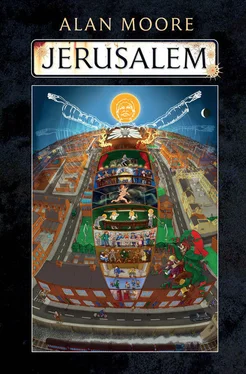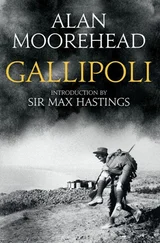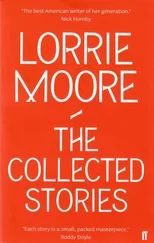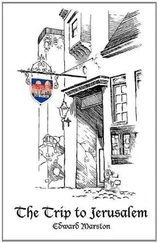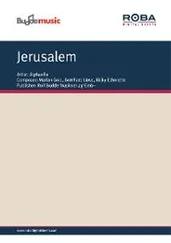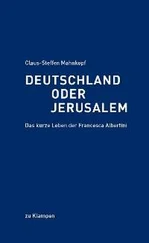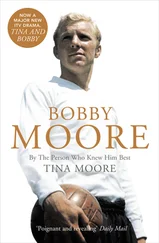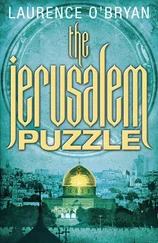“Justice above the Street”, the vast, flat face had said, or that at least had been a part of it, and in his thoughts he found a strong and sudden visual image to accompany the phrase. In his mind’s eye he saw what was, in short, a set of scales hung up above a winding band of road, but the stark crudeness of the imagery bewildered Ern, who’d always thought he had a fair imagination for such things. These were no gleaming balances suspended in the glorious streaming sky above a rustic lane as in some Bible illustration, but the rough marks of a child or imbecile. The hanging pans and their supporting chains were no more than uneven triangles, joined near and not exactly at their apex by an oblong drawn in an unpracticed hand. Below this was a wavering and elongated rectangle that may have been a street or may as well have been a strip of curling ribbon.
With as few lines to its making as the angel’s utterance had words, the simple sketch unloaded all its diverse implications into Ern by much the same means that the being’s voice had utilised, implanting modest parcels of awareness that unwrapped themselves into a thing much bigger and more complicated. Studying the slipshod mental picture, Ernest comprehended that it was related in a mystifying way to every idle thought he’d had while on his walk to work that day, as though those notions had been foggy and inverted memories of this immediate revelation, memories that in some puzzling fashion one might have before their subject had occurred. The image in his head, he understood, had a connection to his earlier musings on the difficulties of the poor, to his consideration of the shoe-trade in Northampton and seemed even relevant to the rude, loving thoughts he’d had about his wife. It also called to mind his ponderings upon his offspring, John and little Thursa, and what would become of them, as well as his brief conjuring of Heaven as located at great height above the streets of Lambeth. Chiefly, though, Ern was reminded of the black men that he’d thought of in America, the freed slaves and his horrid visualisation of the branded children. He still wept, sat helpless there upon the filthy floorboards, but his tears were not now wholly for himself.
Having succeeded in attracting Ern’s attention, the big painting of a face proceeded to impart its lesson, there amidst the crackling wrath and rage that seemed locked in a course which circled the cathedral’s spire. From the continual and subtle shifts of its demeanour, it seemed anxious to convey instruction of profound importance on a staggering range of topics, many of them seeming to be matters of mathematics and geometry for which Ern, though illiterate, had always had a flair. The knowledge, anyway, decanted into him so that he had no choice as to whether he took it in or not.
The vision first explained, using its mangled and compacted bouillon-words, that the surrounding storm was a result of something, in this instance the angel itself, moving from one world to another. In with this Ern heard an inference that storms themselves had a geometry that was to human senses unperceivable, that bolts of lightning that might strike in different places and on different days were yet the selfsame discharge, though refracted, with reflections even scattering through time, into the past and future. The phrase by which it expressed this wisdom was “Foure lerlaytoernings maarcke iyuour entreanxsists …” For lightnings mark our transits …
Ernest lifted up his shining flash-lit cheeks to stare despairingly at the quartet of archangels picked out in blue and gold upon the skullcap of the dome above the frescoes. Tranquil and expressionless they offered no assistance, were no consolation, but at least weren’t moving. As he let his gaze sink back to the expanse of slowly writhing specks that was the face of his interlocutor, Ern distantly realised that this was the only area of the fresco, or of any of the frescoes, which was thus afflicted. In a sense, this made things worse because if he were mad then wouldn’t he be seeing visions bubbling everywhere and not just in one place? He wished he could pass out or even have his heart pack in and die, so this insufferable horror would be over, done with, but instead it just went on and on and on. Looking towards him patiently across the boards that cut it off at chest-height, the huge head appeared to shrug its robe-draped shoulders sympathetically, an energetic ripple of displaced mauves and burnt umbers moving through the garment’s folds and then resettling as the glimmering impossibility resumed Ern Vernall’s education, much of it related to the field of architecture.
“ … aeond thier cfhourvnegres orfflidt Heerturnowstry awre haopended.”
And there at the higher convergence of the aeons that is fourfold on the dim benighted verges of our Heaven, at the ‘or’ of things, the golden-lighted hinge of possibility that in this hour when are black people freed hove off the lid of an eternal here and now of history that is already happened, has turned out, has ended happily with hope and awe or is in your awareness unresolved and open-ended, yet rejoice that Justice be above the Street, for lightnings mark our transit and the corners of Eternity are opened.
This continued for two and three-quarter hours.
The lecture was expansive, introducing Ern to points of view he’d never really thought about before. He was invited to consider time with every moment of its passing in the terms of plane geometry, and had it pointed out that human beings’ grasp of space was incomplete. An emphasis was placed on corners having unseen structural significance, being located at the same points on an object whether realised in plan or elevation, constant though they be expressed in two or three or more dimensions. Next there was a discourse on topography, albeit one in which that subject was projected to a metaphysical extreme. It was made clear to him that Lambeth was adjacent to far-off Northampton if both were upon a map that should be folded in a certain way, that the locations although distant could be in a sense conceived as being in the same place.
Still on matters topographic, Ern was introduced to a new understanding of the torus, or ‘the life-belt shape’ as he inwardly called it, an inflated round pierced by a hole. It was remarked upon that both the human body with its alimentary canal and humble chimney with its central bore were variations on this basic form, and that a person might be seen as an inverted smokestack, shovelling fuel into its top end with brown clouds of solid smoke erupting from the other to disperse in either earth or sea, in anything save sky. It was this point, despite the tears still coursing down his cheeks, despite the fact that he felt he was drowning, at which Ern began to laugh. The idea of a man or woman as a chimneypot turned upside down was just so comical he couldn’t help it, with the picture that it called up of long streaming turds unfurling over London from the city’s foundry towers.
Ern laughed, and as he did so did the angel, and its every scintillating intonation was brim-full with Joy, with Joy, with Joy, with Joy, with Joy.
Bill Mabbutt noticed that the storm had finished when the nearby churches chimed for noon and he first realised that he could hear them. Setting down his mortarboard with the last scrapes of grout that he’d been using to fill in between some problematic tiles, he turned and clapped his raw-beef hands so that the men would heed him. His light tenor voice reverberated in the galleries, careening in the aisles like a lost gull as he announced a stoppage for some tea and bread.
“All right, lads, that’s your lot for ’alf an ’our. Let’s ’ave our bit o’ bup and get the kettle on.”
Remembering the decorator, Mabbutt nodded his pink, glistening head towards the scaffolding.
Читать дальше
